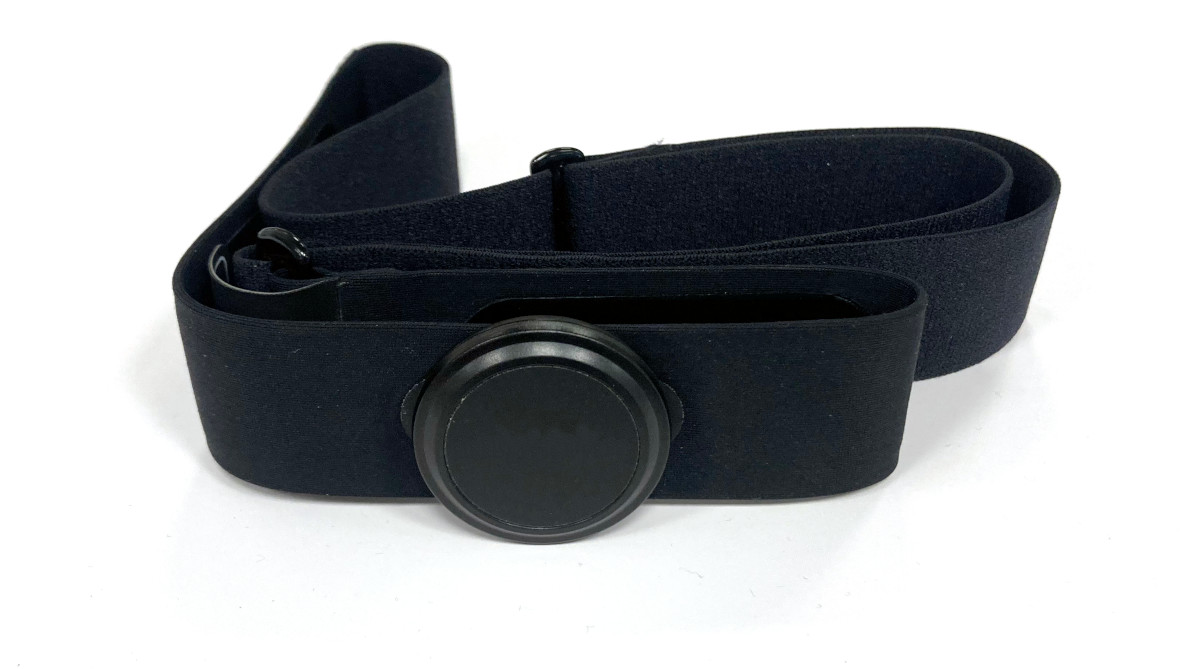Do Heart Rate Monitors Reflect your Instantaneous Rate During Intense Workouts?

Heart rate monitors are a staple for runners and other athletes, helping track effort, optimize training, and avoid overtraining. But how well do these devices keep up when your heart rate spikes or drops suddenly—like during sprints, interval training, or recovery? A new study from KTH Royal Institute of Technology in Sweden put four popular chest-strap heart rate monitors to the test, focusing on their ability to track rapid changes in heart rate.
The key finding is that when the heart rate was stable over long period of times, they are all accurate, which is important for many endurance sports, such as long-distance running. However, during interval training (like Tabata workouts), all monitors struggled to keep up with rapid spikes and drops in heart rate. All monitors reacted slowly to sharp changes in heart rate, which lead to that they underestimated the highest heart rates during sprints. During recovery phases, all monitors overestimated heart rates during rest periods. The delays can reach up to as much as 40 seconds.
The reasons for this is that manufacturers use filters to smooth out heart rate data and reduce noise. While this makes the data cleaner, it also introduces delays—especially during rapid changes. For rapid changes, Movesense and Garmin offer the faster response, while Polar and Wahoo provided smoother (but delayed) data.
If you’re an athlete who does a mix of low- and high-intensity intervals, your heart rate monitor’s accuracy can suffer. For the most precise tracking of intervals, consider using the RR interval data (which all monitors supply) instead and syncing your device post-workout. However, to do this today, you need significant amount of software development skills.
The full study is available here . Open-source tools to test your own device is available here .
Main author is Mariah Sabioni .
